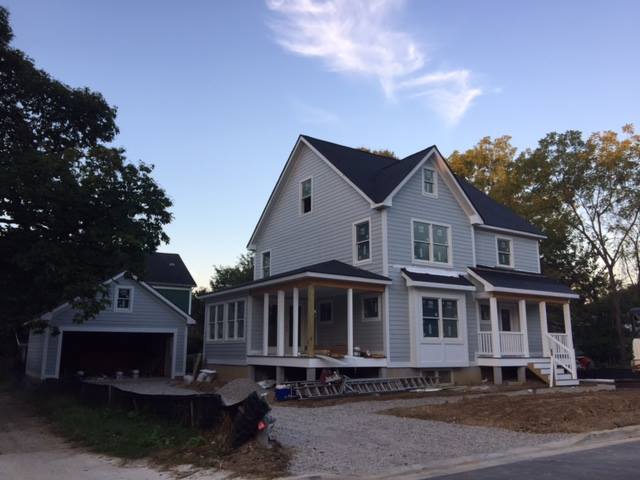Empowering Affordable Homeownership: The Community Land Trust and Shared Equity Model
In the current economy, where soaring housing prices have placed the dream of homeownership out of reach for many, innovative solutions are emerging to tackle the affordability crisis. One such solution gaining traction is the Community Land Trust (CLT) model, coupled with the concept of Shared Equity. This dynamic approach is reshaping the landscape of affordable housing and offering new opportunities for income-eligible individuals and families to achieve their homeownership aspirations. While the idea of a CLT is not new, it is not currently in wide use. This piece will discuss the principles of both the Land Trust and Shared Equity Models, and how it is being implemented by the Community Preservation Trust in College Park, Maryland.
The Community Preservation Trust, a non-profit organization located in College Park, Maryland, is committed to creating a pathway to affordable homeownership through Community Land Trusts. Unlike traditional homeownership models, where the cost of both land and property are bundled into a single price, the CLT model employs a strategic separation of these values, leading to a substantial reduction in the overall cost of becoming a homeowner.
The core principle of a Community Land Trust revolves around a non-profit trust that acquires property and retains ownership of the land on which homes are built. The Trust then offers the home itself for purchase to income-qualified individuals and families of all types at an adjusted rate, based on criteria governed by a goal of affordability for the homebuyer. In the shorter term, this approach is particularly appealing in today’s housing market as it not only offers a more feasible entry point into homeownership, but also, because the land remains in ownership by the Trust, it ensures the preservation of affordability for future generations.
Underpinning the success of the Community Land Trust model is the concept of Shared Equity, which outlines how the homebuyer, and the Trust divide proceeds upon an eventual sale of the home]. This mechanism enables prospective homeowners to partner with the Community Preservation Trust. Together, the Trust and homebuyer arrive at a strategic pricing structure that aligns with the buyer’s budget. By assigning a substantial portion of the property’s value to the land, the Trust helps mitigate the financial burden on buyers, and makes the dream of owning a home a reality.
A Model Built Around Affordability
One of the most pressing issues facing households across the nation is the challenge of housing affordability. The burden of housing costs can be overwhelming for any family, regardless of income level. The Community Preservation Trust recognizes these challenges and strives to alleviate them by adhering to a fundamental guideline: ensuring that annual housing expenses—comprising mortgage payments, property taxes, insurance, and utilities—do not result in an undue burden on the household income. When housing costs are too high, households are considered to be “cost-burdened,” a situation that can lead to financial strain and housing instability. By guiding individuals and families towards homeownership within this sustainable framework, the Trust aims to not only uplift families but also bolster the overall stability of neighborhoods and communities.

In a landscape where affordable housing often seems like an elusive dream, the Community Preservation Trust’s approach offers a solution. The Community Land Trust model and Shared Equity concept as implemented by The Community Preservation Trust are contributing to a paradigm shift in how College Park residents perceive homeownership.
Homeownership is more than just owning a home; it’s about creating a legacy of affordability, stability, and empowerment for generations to come. Housing affordability remains a critical issue. The Community Land Trust model paired with Shared Equity stands as a testament to the power of creative thinking and collaborative action in addressing some of society’s most pressing challenges.
